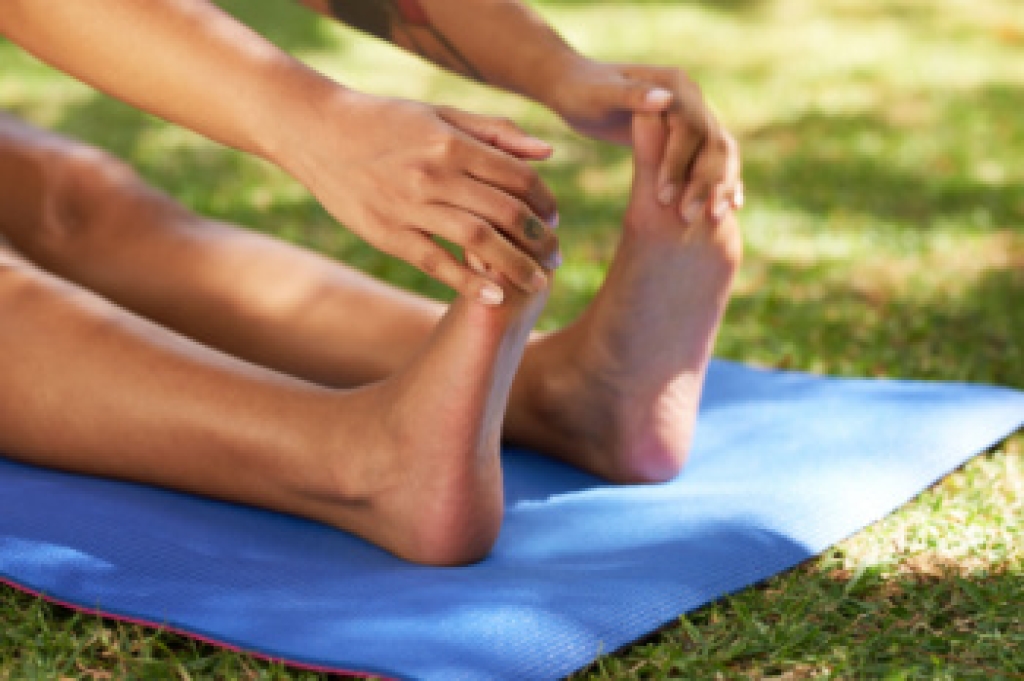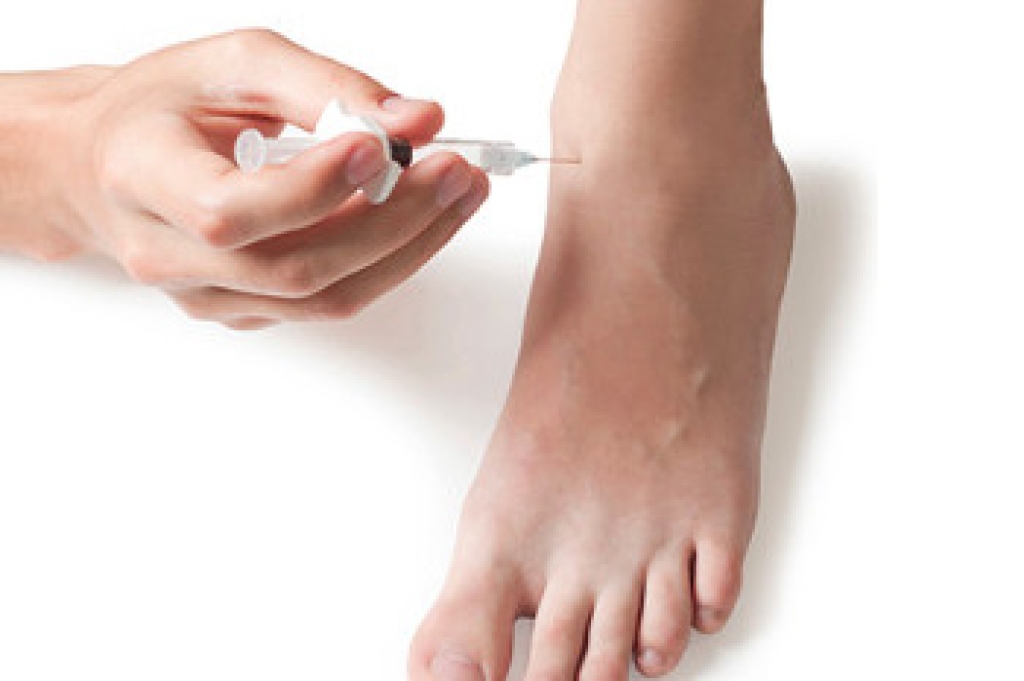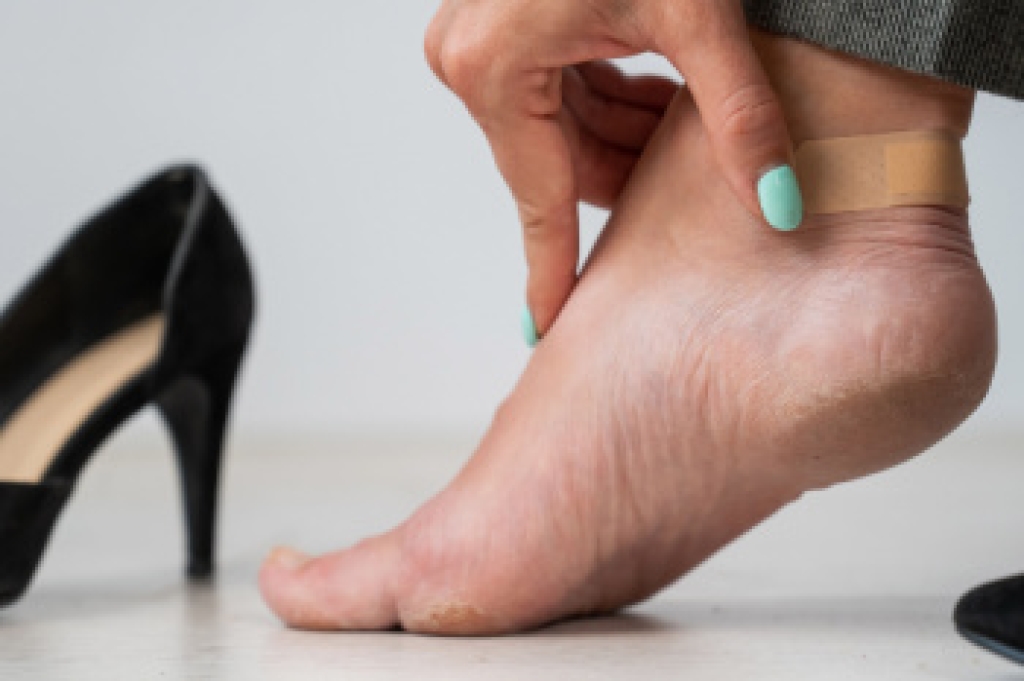
Stretching exercises can help ease aching feet caused by long hours of standing, walking, or wearing shoes with inadequate support. When muscles in the feet and ankles are overworked, they may feel sore or tight. Simple movements like ankle circles, toe spreads, or heel raises can help reduce discomfort by improving flexibility and restoring blood flow. For example, pointing and flexing the foot or performing toe scrunches can help relieve tension across the arches. Calf stretches are also useful, as tight calves can add stress to the feet. A podiatrist may evaluate your foot posture, walking mechanics, and muscle tightness before recommending a specific foot exercise plan. In some cases, foot pain may be linked to issues like poor alignment or structural problems. This may require more advanced care, including orthotics or surgery. If your feet are aching at the end of the day, it is suggested that you schedule an appointment with a podiatrist for a diagnosis, suggested exercises, and appropriate treatment.
Exercising your feet regularly with the proper foot wear is a great way to prevent injuries and build strength. If you have any concerns about your feet, contact Katie Besselman, DPM from Advanced Podiatry. Our doctor can provide the care you need to keep you pain-free and on your feet.
Exercise for Your Feet
Exercise for your feet can help you gain strength, mobility and flexibility in your feet. They say that strengthening your feet can be just as rewarding as strengthening another part of the body. Your feet are very important, and we often forget about them in our daily tasks. But it is because of our feet that are we able to get going and do what we need to. For those of us fortunate enough to not have any foot problems, it is an important gesture to take care of them to ensure good health in the long run.
Some foot health exercises can include ankle pumps, tip-toeing, toe rises, lifting off the floor doing reps and sets, and flexing the toes. It is best to speak with Our doctor to determine an appropriate regimen for your needs. Everyone’s needs and bodies are different, and the activities required to maintain strength in the feet vary from individual to individual.
Once you get into a routine of doing regular exercise, you may notice a difference in your feet and how strong they may become.
If you have any questions, please feel free to contact our office located in Saint Peters, MO . We offer the newest diagnostic and treatment technologies for all your foot care needs.







